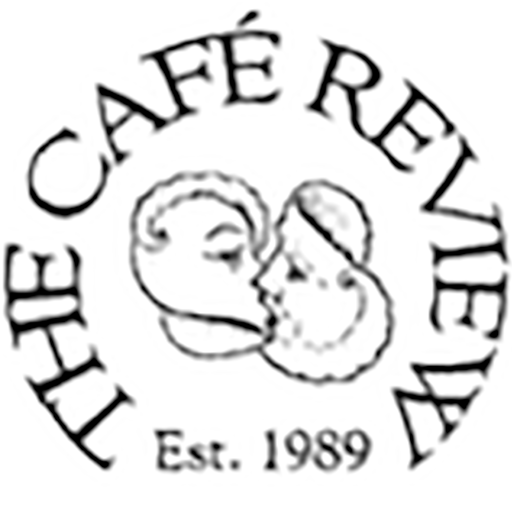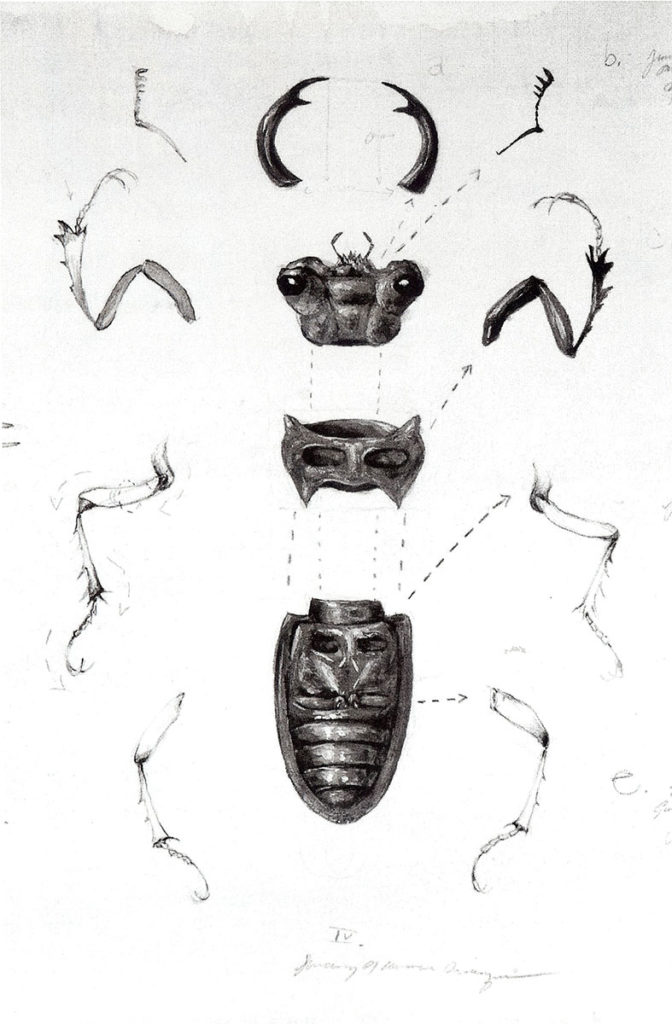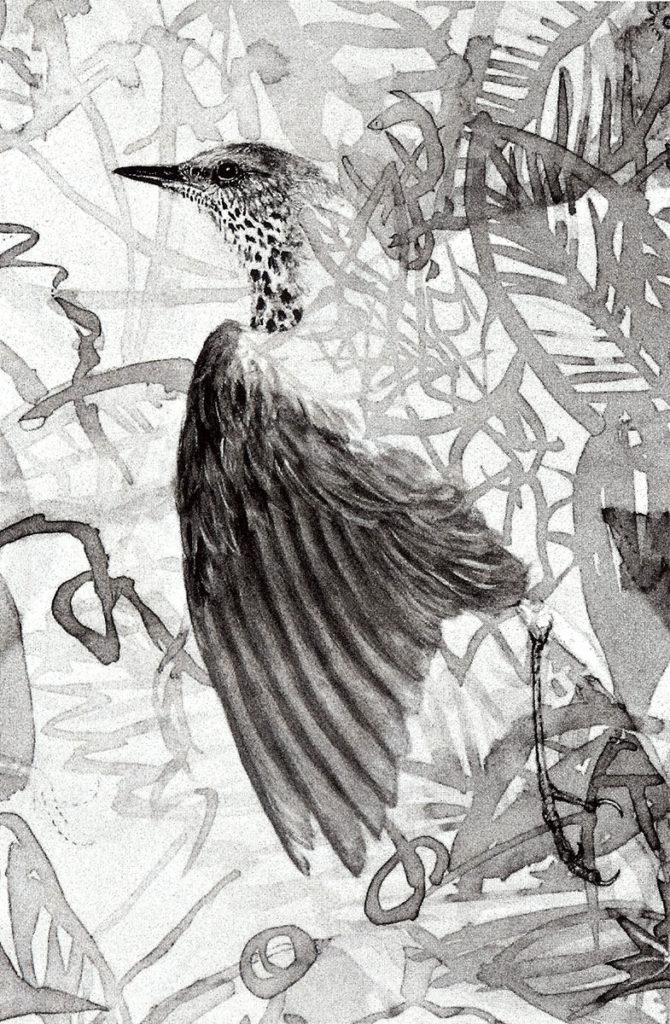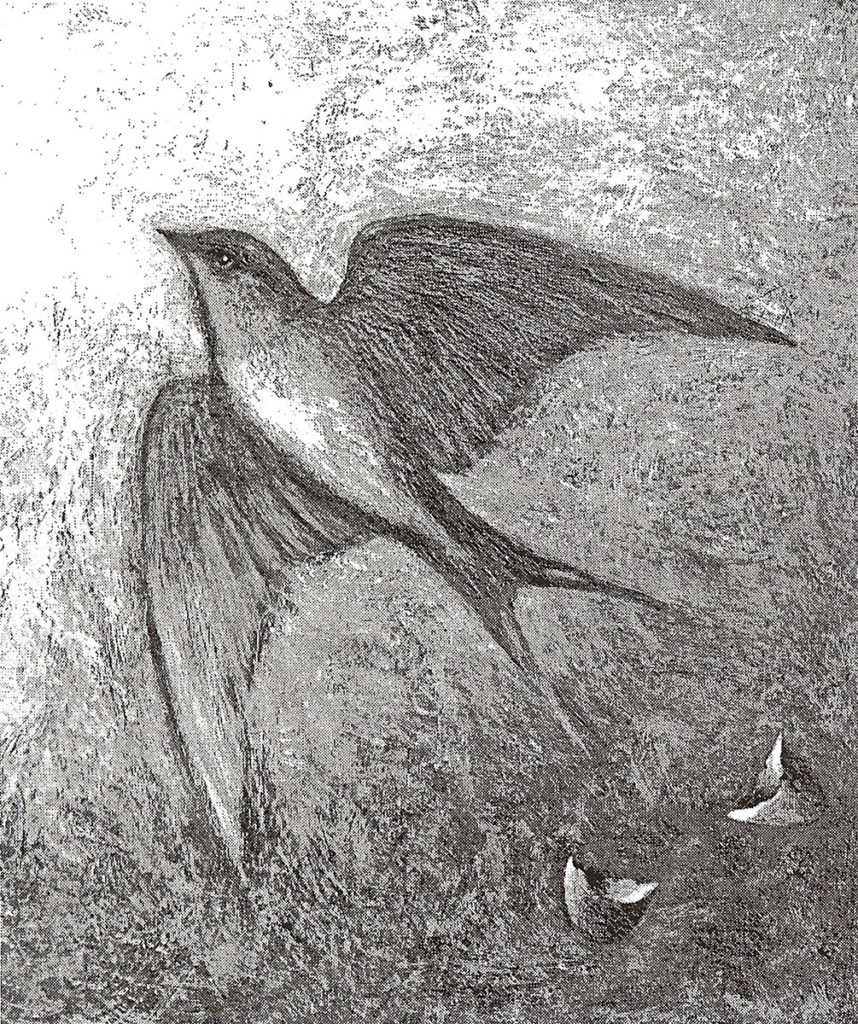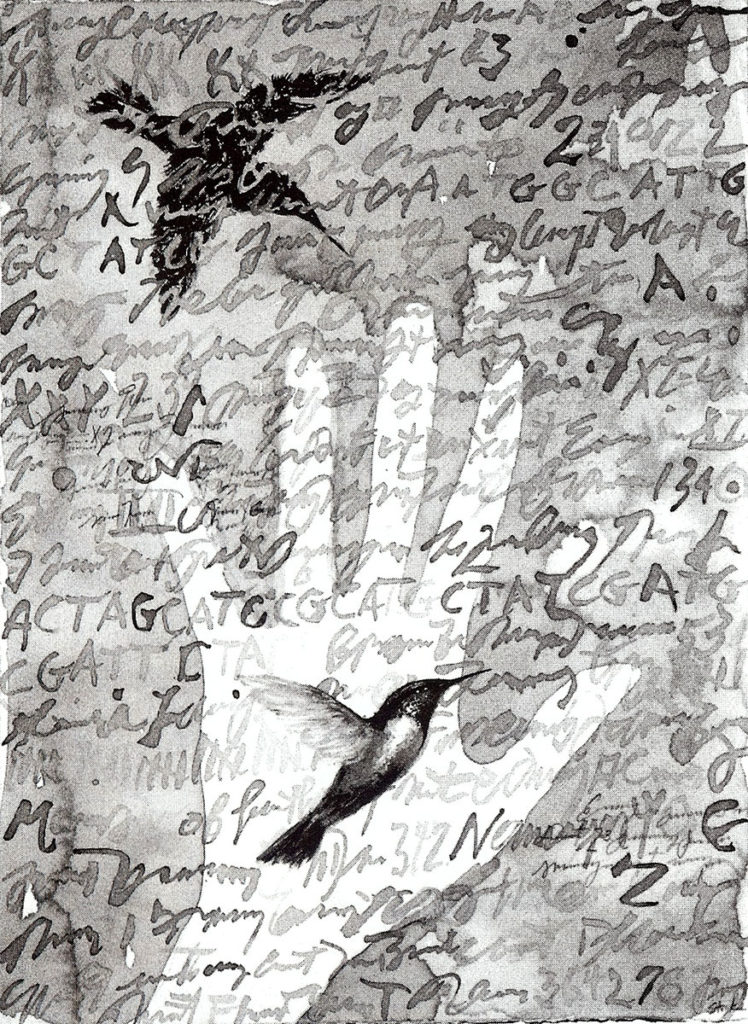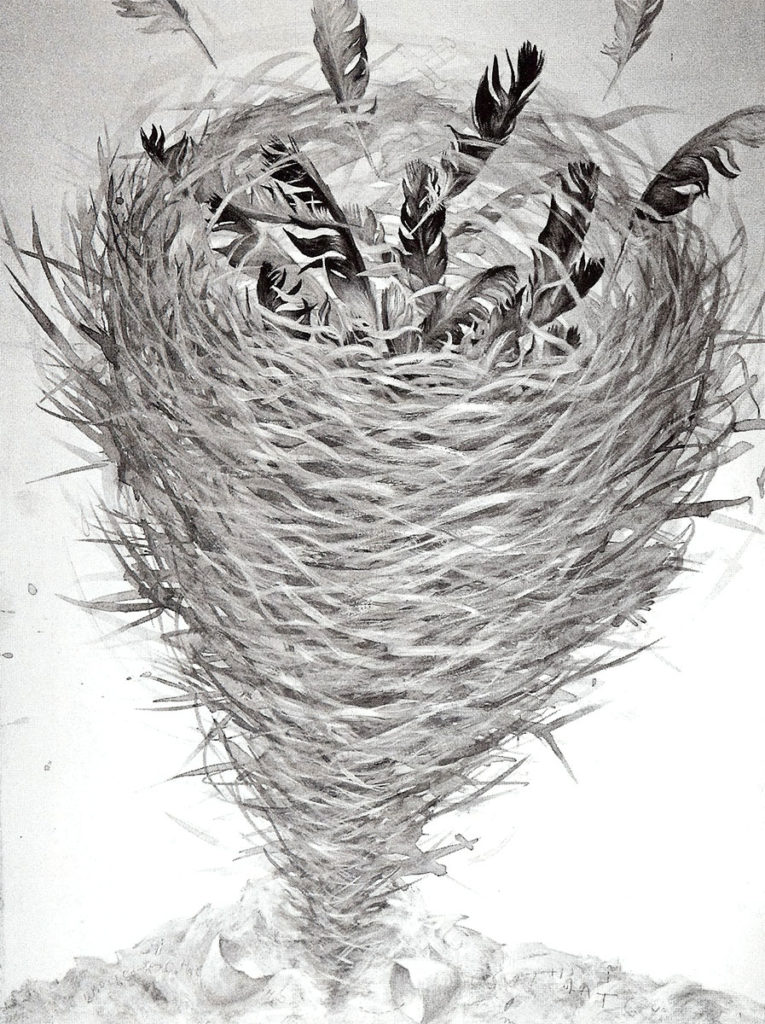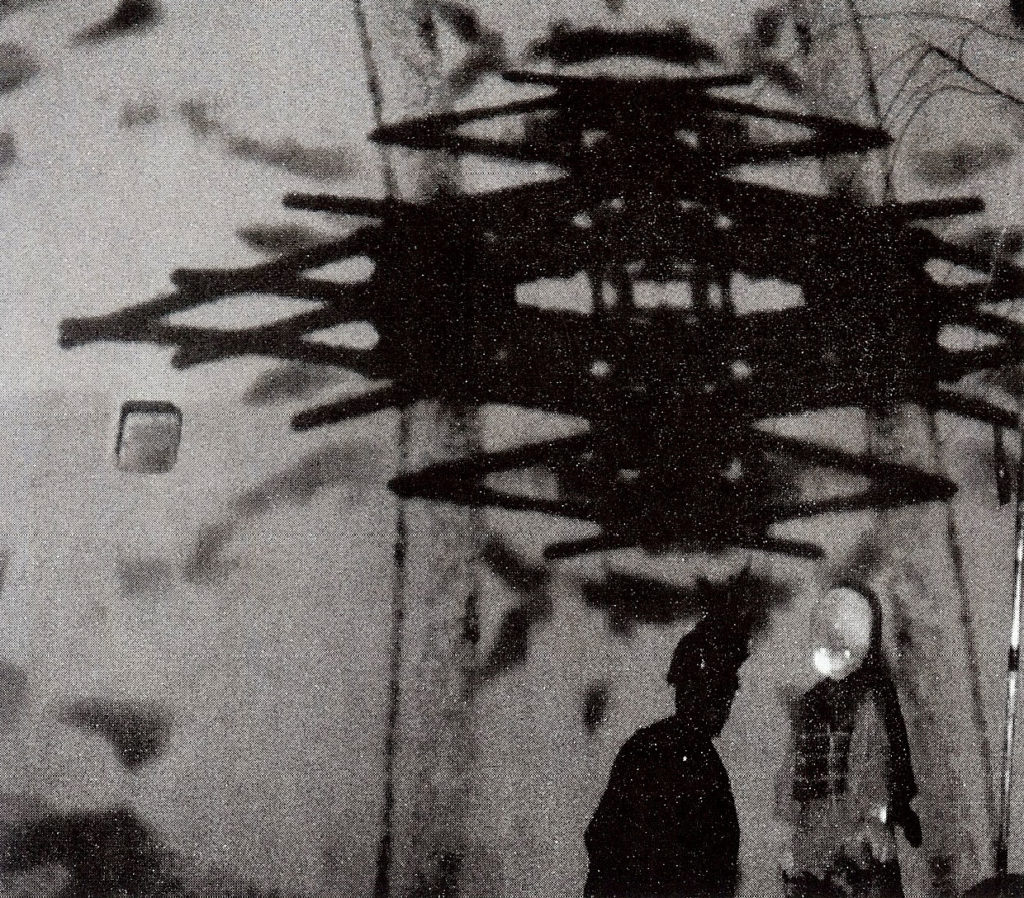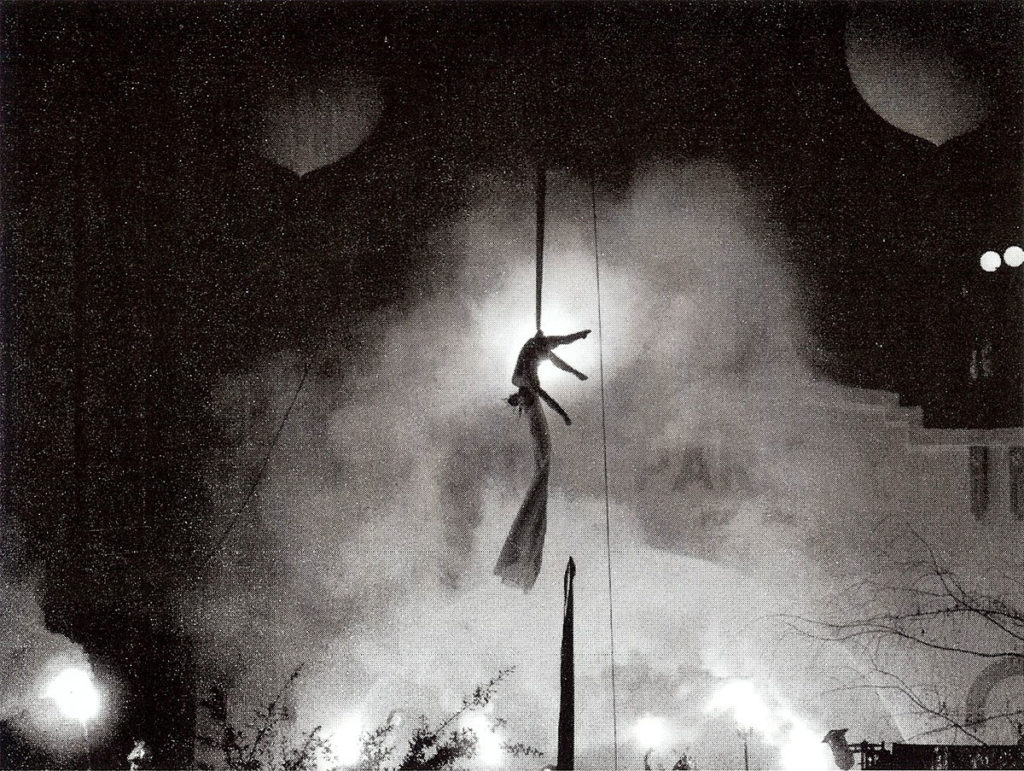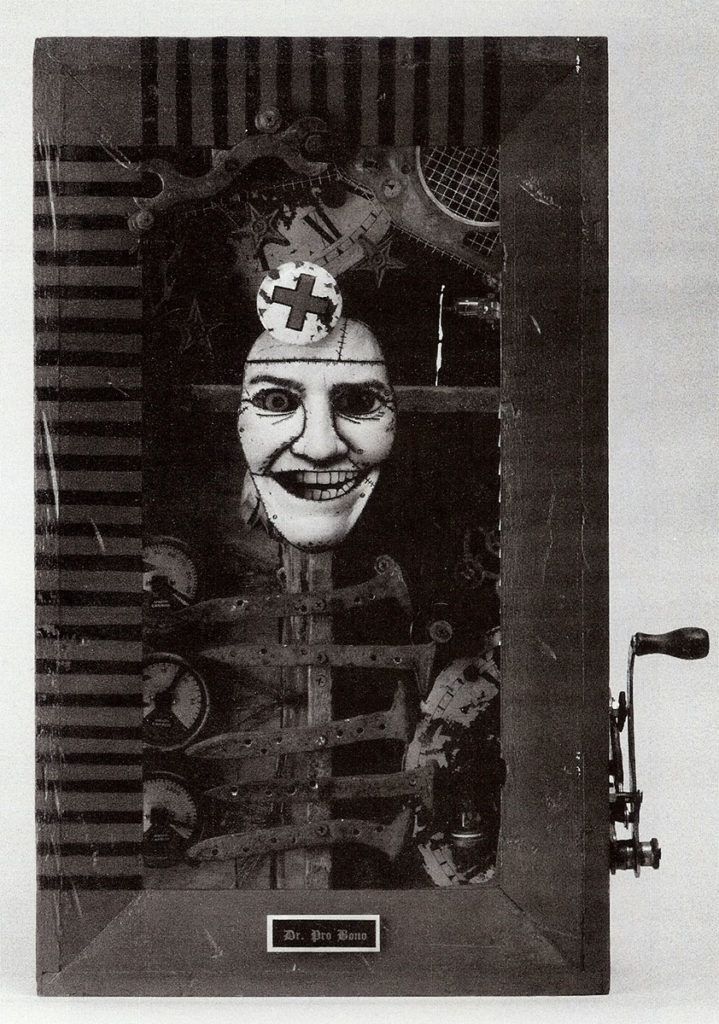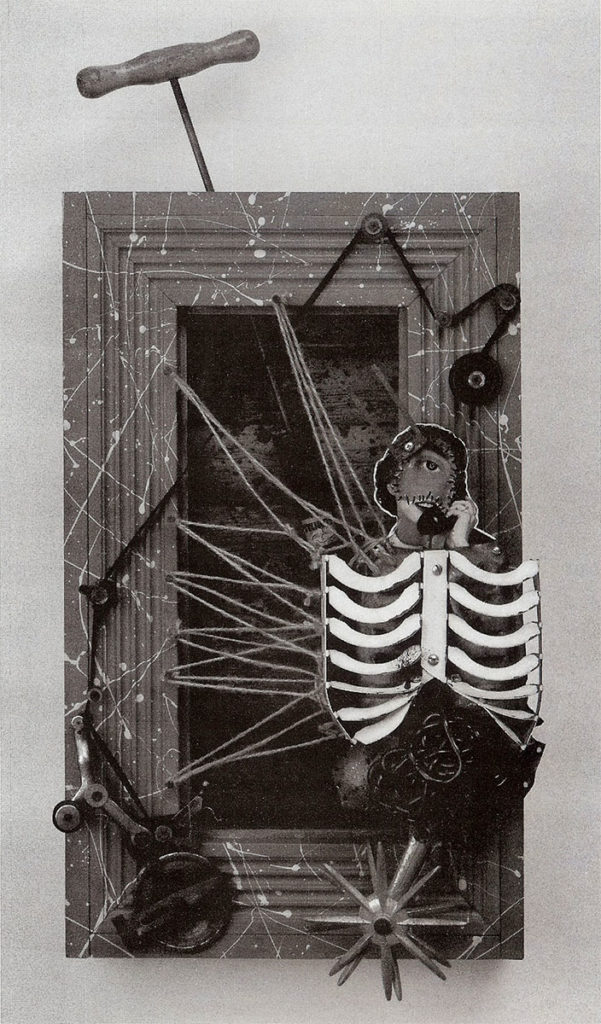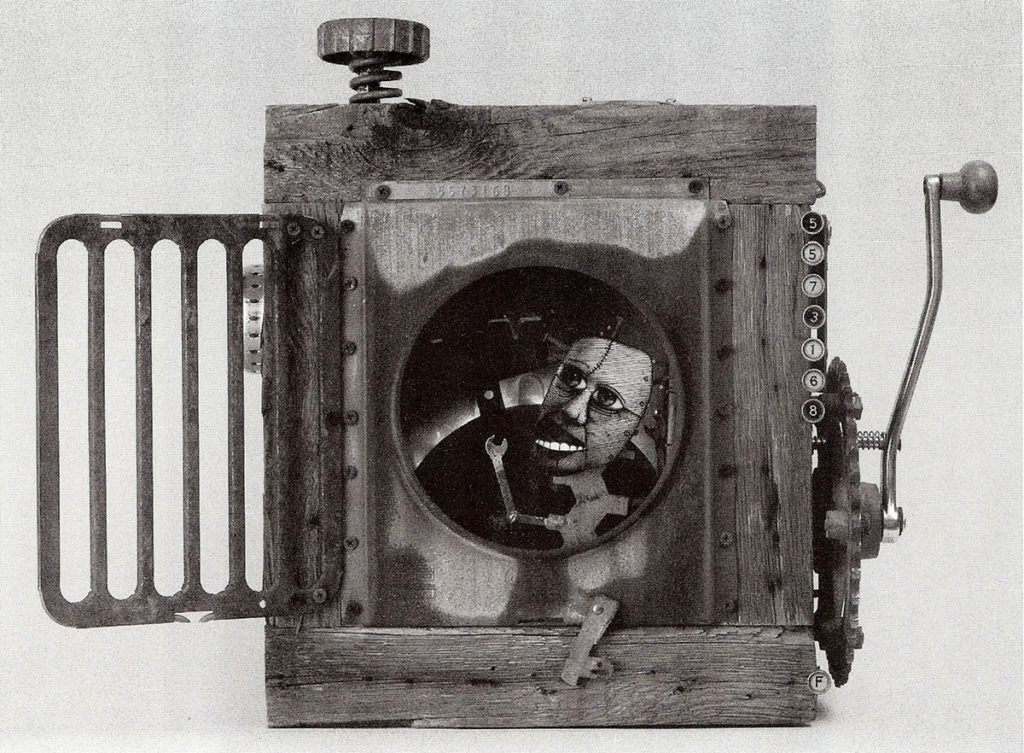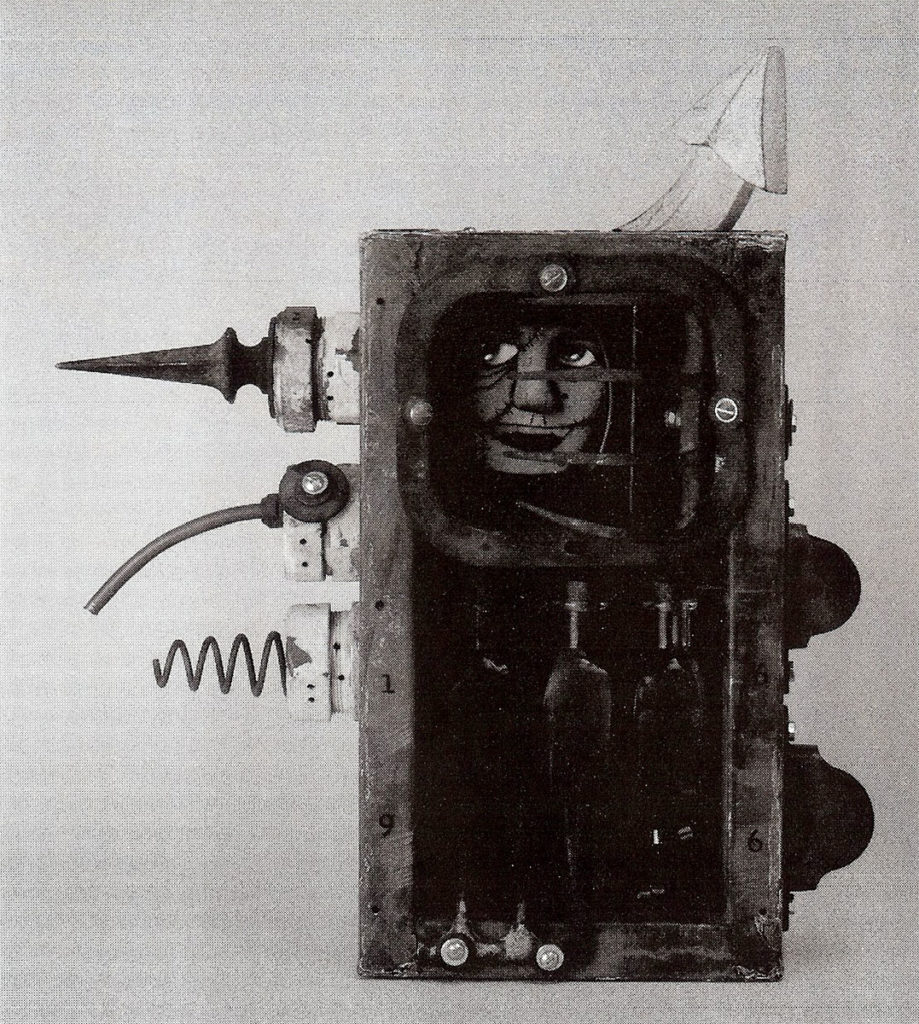Café Review Spring 2009 Editor’s Issue

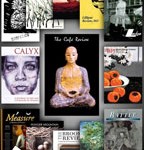
You will notice that this Editor’s Issue is different. We have asked 14 editors of poetry journals from across the United States two complex question: Why do some poems stand out from others? And what is he state of poetry in America today?
Their answers will surprise you.
We hope this issue will give poets a better sense of what editors look for in poems. You will get the inside scoop about why different journals accept different types of poems.
For teachers, this issue will answer questions students have about the dos and don’ts in submitting poems as well as the perennial question of why poetry matter.
The Café Review has just released a special Editors’ Issue offering insights on what makes a poem publishable and examining the general health of American poetry today. The issue is part of a series of events in celebration of our 20th anniversary in 2009. The Editors’ Issue features essays from the editors of at least a dozen, well-respected poetry journals from across the country in which they tell readers what strikes them about a poem and of both the formal and informal criteria they use to judge submissions. In addition, the Editors’ Issue will discuss the state of American poetry. Is it still useful? Does it still have the power to move a person or change the course of public affairs? In short: Does poetry matter in the world right now? It’s an issue you definitely do not want to miss, so get your issue today!
Suzanne Stryk
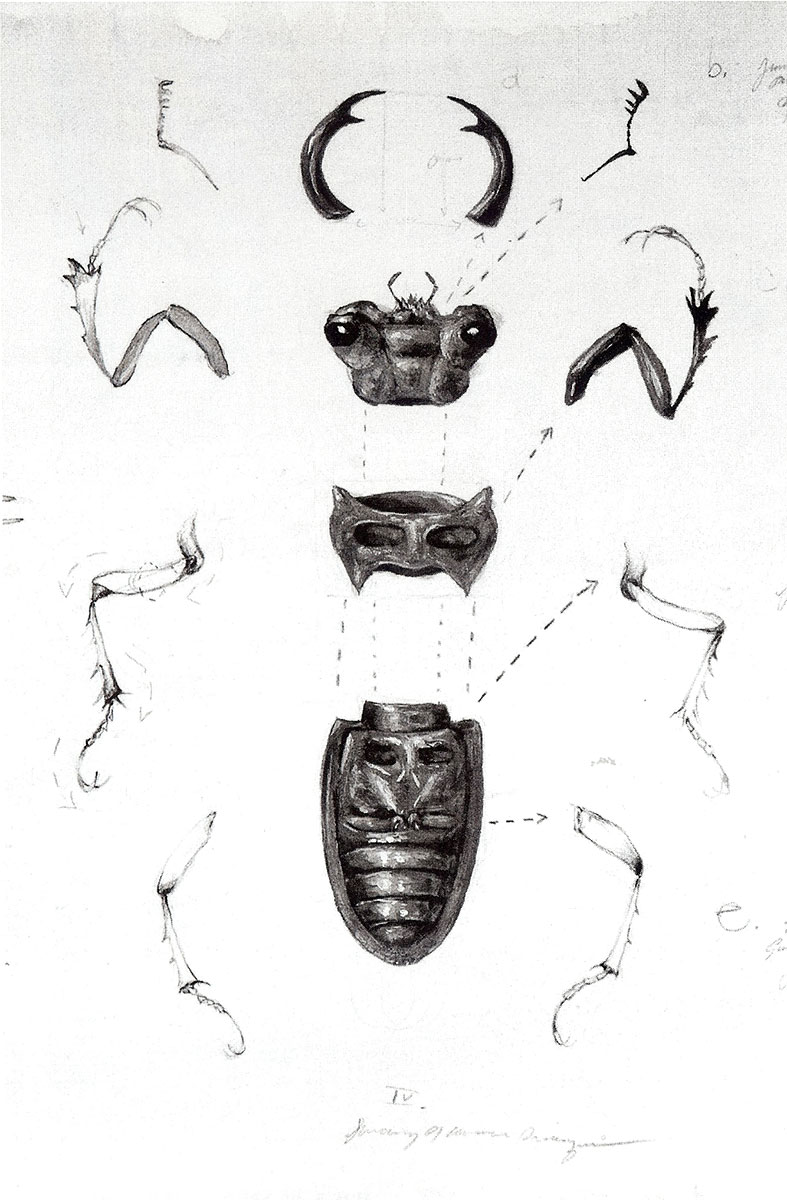
Suzanne Stryk: was born in Chicago, and currently lives in the Blue Ridge Mountains of southwest Virginia. She has shown her conceptual nature paintings in solo exhibits throughout the United States, including the National Academy of Sciences (DC), the Morris Museum of Art (GA), and the Eleanor B. Wilson Museum (VA). In 2005, a mid-career survey of the artist’s work, “Second Nature: The Art of Suzanne Stryk” was organized by an affiliate of the Virginia Museum of Fine Arts. In addition to creating cover art for the books of her husband Dan and other contemporary American poets, her images have appeared in numerous publications, among them Shenandoah, Ecotone and Orion. Collections including her paintings are the Smithsonian (DC), Tennessee State Museum, and the Taubman Museum of Art (Roanoke, VA). Her series of drawings Genomes and Daily Observations appears in the Viewing Program at The Drawing Center (NY, NY). And in 2007 she received a George Sugarman Foundation grant. To learn more about the artist, please visit www.suzannestryk.com.
Chuck Feil
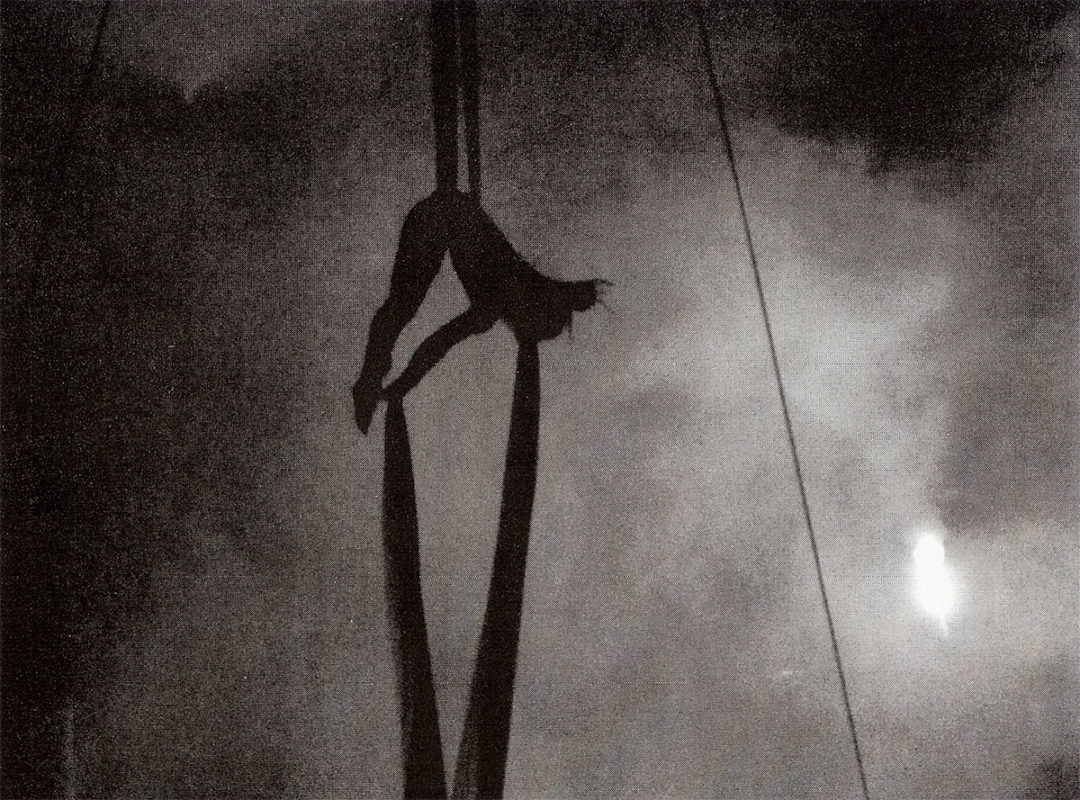
Chuck Feil: is best known in Maine for his Views From Above photographic coffee table books. In recent years he and his partner, Maralyce Ferree, have chosen the warmer climate of Bisbee, Arizona for the Winter months. In 2006 they opened up Panterra Gallery in Bisbee combining their talents of Photography and Clothing Designs. The photos shown here were made during a pyrotechnic performance by Flam-Chen that performed in Bisbee City Park New Years eve 2009. More of his images can be viewed on their website www.panterragallery.com.
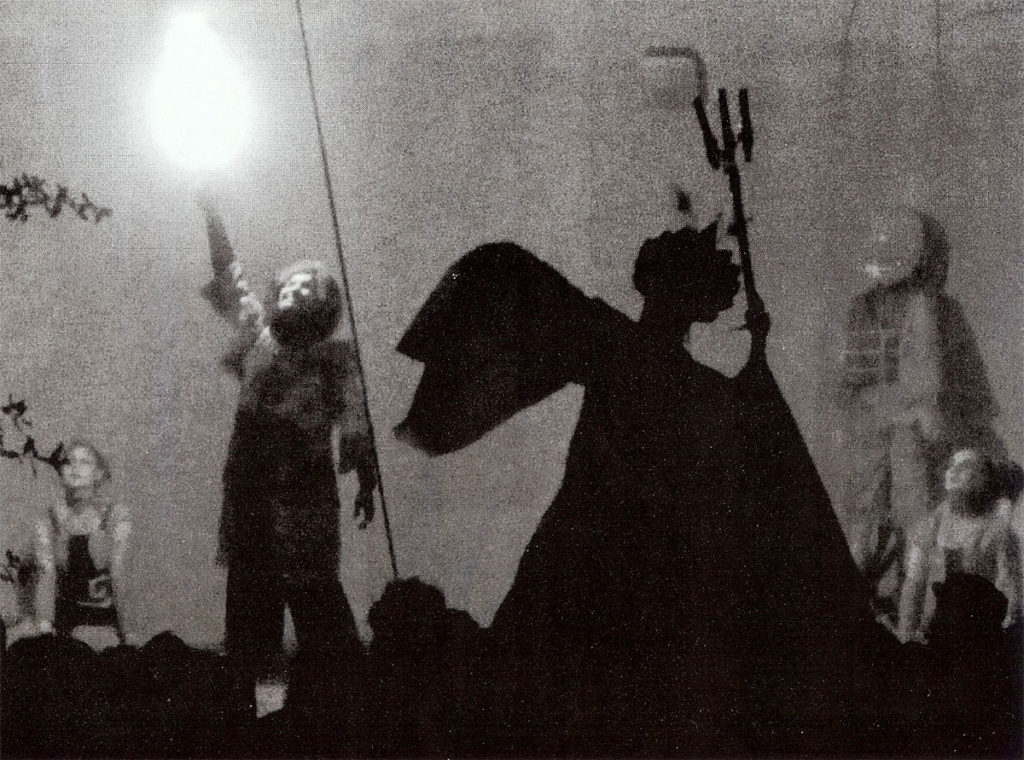
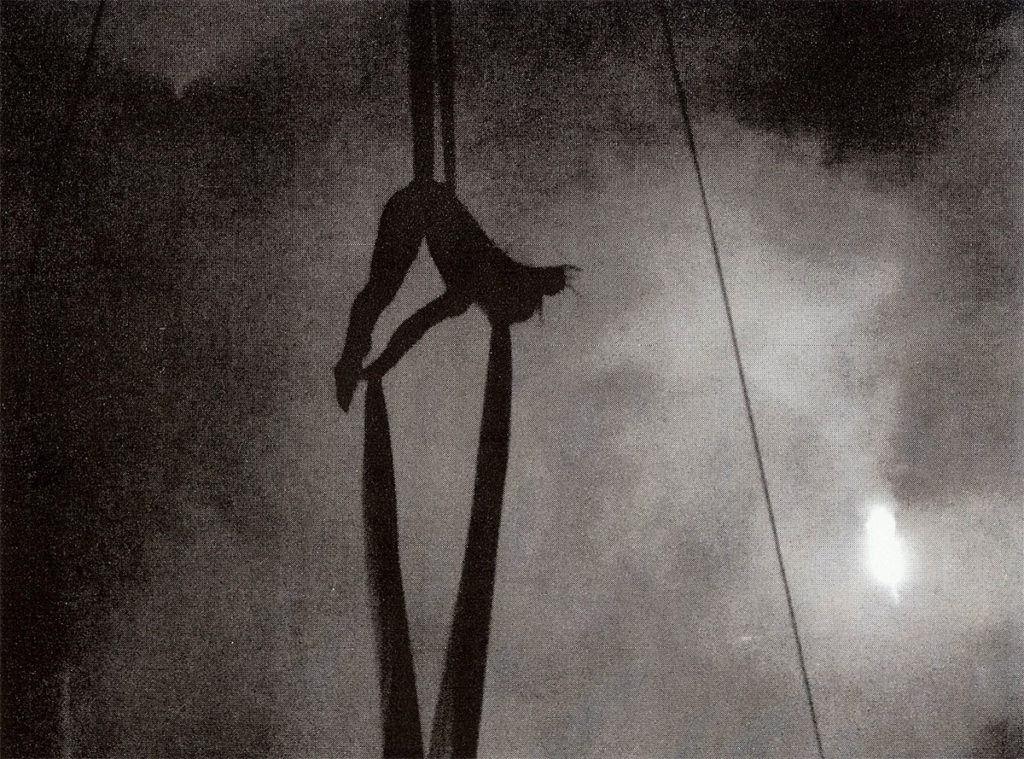
James Chase
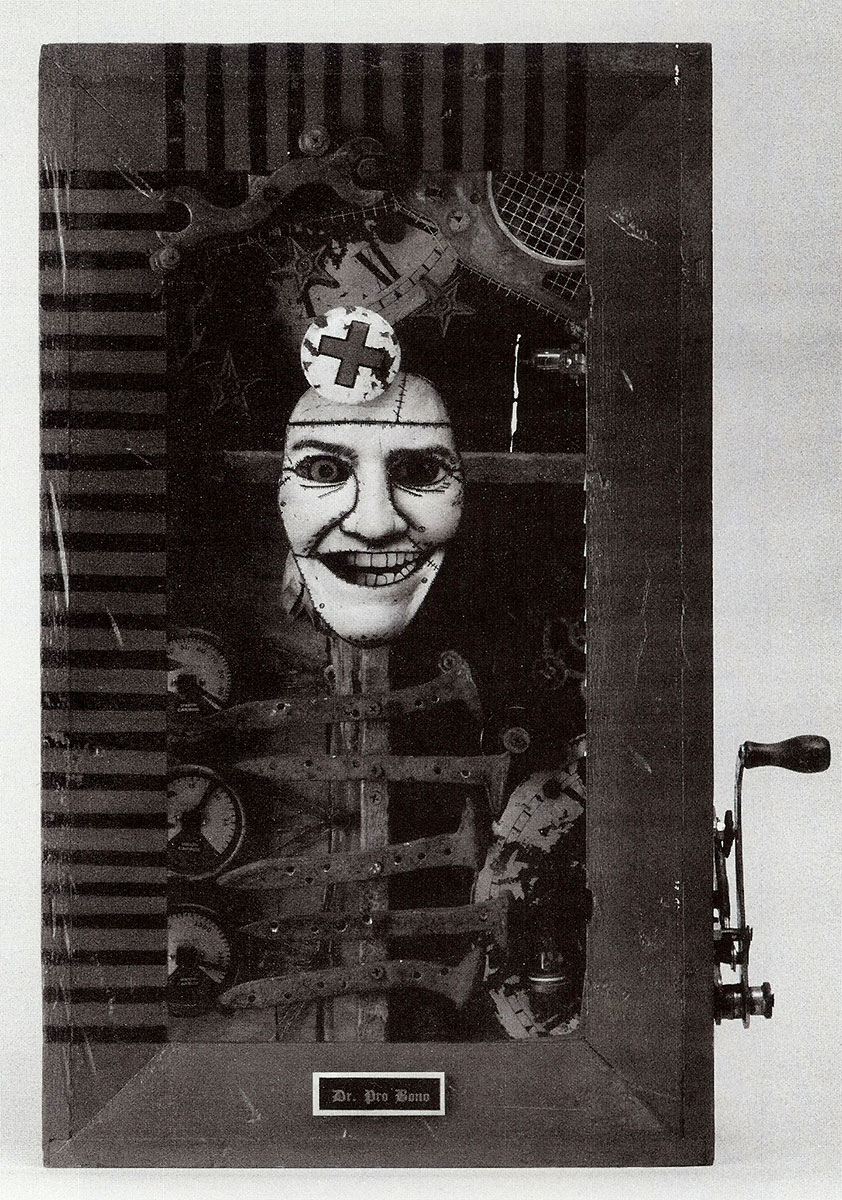
James Chase: is an assemblage artist who lives in Manchester, New Hampshire. He has published a book of his work available both in paperback and hard cover, titled The Dark Arts of James Chase (neverfading.com). New Hampshire poet Mark DeCarteret, author of (If This Is The) New World, has written of Chase’s work, “You might want to file James Chase’s constructions with Cornell’s creepier channelings, Hollywood’s vintage interpretations of the hellish, and Poe’s ever-looming pendulum, but his highly artful gearboxes and crates are both timely and timeless (as well as contemporary — instilling his peep shows with a zine-n-comix-ture), culling odds-and-ends off the industrial-aged blocks of Manchester’s mill sections and then rigging them up and bolting them together, updating this darkest of milieus with these readings of our souls — yes, the lurid, tube-hot, and the sublime, machine-cold, but more so the immeasurable and untold.”

